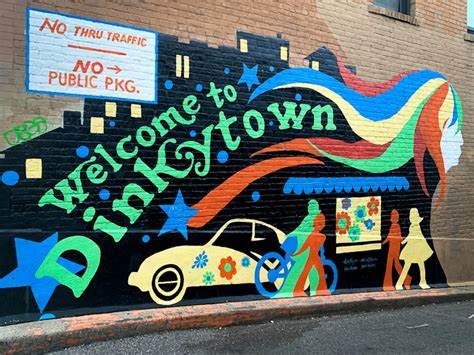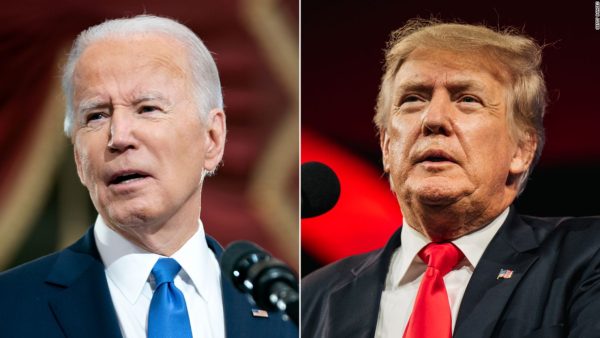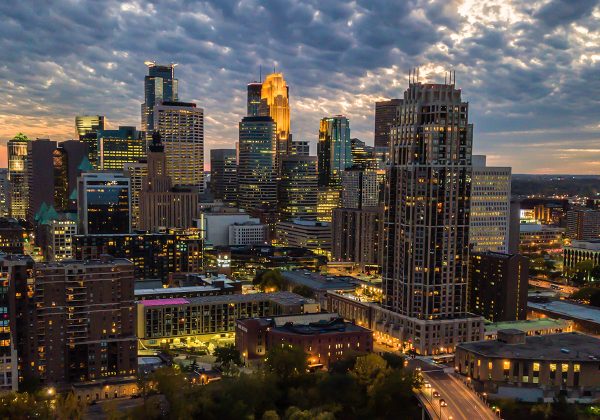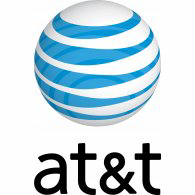Disney’s Strained Relationship with Anaheim and the Press
December 2, 2017
Over twenty years ago, the city of Anaheim, California, agreed to shell out $108.2 million to build 10,241-space parking garage. If the parking garage fills even a third of its spaces throughout the year, the garage still would produce over $23 million in revenue, but oddly enough, the city of Anaheim only gets to keep one dollar of that revenue.
The parking garage was built for Disneyland, and is leased to Disney for only one dollar a year. In a September Los Angeles Times article, journalist Daniel Miller uncovered an abusive and strained relationship between the city of Anaheim and Walt Disney Co. The article uncovers that Disney may have not been paying its share in the city of Anaheim, and a parking garage lease may be only a small problem in the company and city’s relationship.
Over last two decades, the Los Angeles Times reported that while Disney profits took off, the company has also put in place subsidies, protections, and rebates from future taxes in Anaheim that has saved Walt Disney and Co. over $1 billion. Regarding the breaks the city has given Disney, Anaheim Mayor Tom Tait said, “A lot of these things aren’t a natural, normal thing for any city to do”.
In recent city elections in Anaheim, city councilmen and Mayor Tom Tait began forming strong opposition to Disney. New city officials expressed regret in the previous financial guarantees given to Disney as Anaheim’s working-class residents are failing to see any economic advantages in the city’s recurring deals with Disney. Disney responded to this view in a letter to the Los Angeles Times, claiming, “Disneyland Resort has played a pivotal role in Anaheim as a job creator and economic engine”.
When Disney started facing opposition in Anaheim’s city hall, the company revved up its political spending. According to analysis of campaign finance disclosures by the Los Angeles Times, Disney contributed $1.22 million to 10 PACs in Anaheim’s 2016 city elections. Despite their candidates receiving almost four times the amount of campaign funding of their opposition, half of the candidates Disney supported lost their individual elections, and now the city of Anaheim is ready to hold Disney accountable for the events of the past two decades.
In response to the article, Disney retaliated against the Los Angeles Times for Daniel Miller’s article. Disney considered the article to be unfair treatment of the company, and banned Los Angeles Times film journalists from advanced screenings of their movies, which include upcoming Marvel, Lucasfilm and Pixar films including the highly anticipated blockbusters Thor: Ragnorok, Coco, and Star Wars: The Last Jedi.
Disney’s strict ban faced heavy backlash from journalists across the country. Washington Post critic Alyssa Rosenberg stated in a column that she would not attend future Disney screenings, and The New York Times announced that its critics would not also not attend advance Disney screenings until the ban on the Los Angeles Times was lifted. As well, The Los Angeles Film Critics Association, the New York Film Critics Circle, the Boston Society of Film Critics and the National Society of Film Critic voted to ban Disney films from year-end award consideration.
The four groups released a joint statement saying, “Disney’s actions, which include an indefinite ban on any interaction with The Times, are antithetical to the principles of a free press and set a dangerous precedent in a time of already heightened hostility toward journalists”. The statement also read, “Disney’s response should gravely concern all who believe in the importance of a free press, artists included.”
In response to the film critics, Disney lifted the ban on the Los Angeles Times the exact same day the four critic groups voted to ban them from their year-end award consideration. The relationships between Disney, the city of Anaheim and the journalism community may take time to repair, but Disney may have learned a valuable lesson: providing the world with “the happiest place on Earth” may come not only at a cost to the people of Anaheim, but also to Walt Disney Co. itself.











